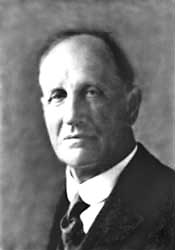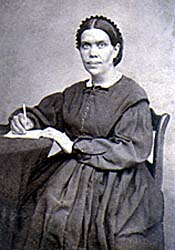 Ellen G. White (1827-1915) Ellen G. White (1827-1915)
Ellen Harmon was born in Gorham, Maine. Ellen and her family first heard William Miller preach in 1840. She was converted at a Methodist camp meeting that same year, and was baptized two years later.
In December of 1844, Ellen received her first vision, regarding the travels of the advent people to the city of God. The Lord called her to a life-long ministry as His messenger. She met James White in February 1845, marrying him in August of 1846.
The early years of their marriage were marked with poverty, hard work, and poor health. In 1849 in response to a message from God through Ellen, James began a publishing work, beginning with the Present Truth.
In addition to personal messages given her for specific people, Mrs. White received visions and dreams outlining the Bible truths for our time. She wrote extensively on topics as varied as the great controversy between Christ and Satan, healthful living, proper methods of education, and godly family relations. Out of these messages, the believers were led to begin schools, sanitariums, and publishing houses.
She did the bulk of her writing during the last three decades of her life. During these years she labored particularly with others to bring the message of righteousness by faith in an end-time setting to the church, and then endeavored to contain the damage that ensued when this truth was rejected.
Mrs. White’s last years were spent living in California. Through times of apostasies and fires of judgment, the Lord continued to speak through her until the end, guiding, reproving, instructing the remnant church, ever pointing the sinner to Jesus and the cross, and sounding a clarion call to prepare to meet the Lord.
(Vol. 5, Nos. 1, 2, 3, 4 of “Lest We Forget” feature Ellen White.)
Ellen White’s writings are available at the Ellen G. White Estate. |
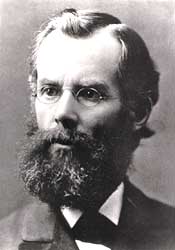 John Nevins Andrews (1829-1883)
John Nevins Andrews (1829-1883)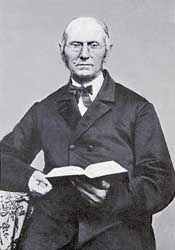 Joseph Bates (1792-1872)
Joseph Bates (1792-1872)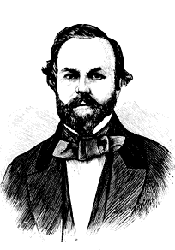 Sylvester Bliss (1814-1863)
Sylvester Bliss (1814-1863)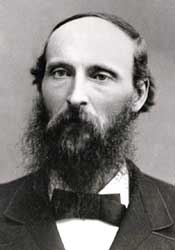 Daniel T. Bourdeau (1835-1905)
Daniel T. Bourdeau (1835-1905)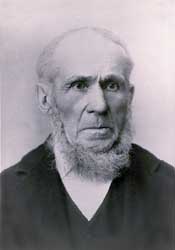
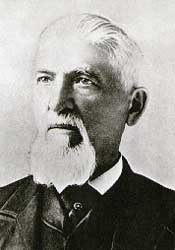 Merritt E. Cornell (1827-1893)
Merritt E. Cornell (1827-1893)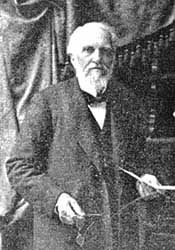
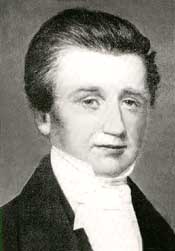 Charles Fitch (1805-1844)
Charles Fitch (1805-1844)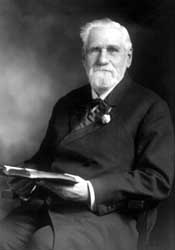
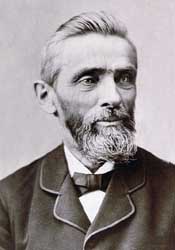 John Norton Loughborough (1832-1924)
John Norton Loughborough (1832-1924)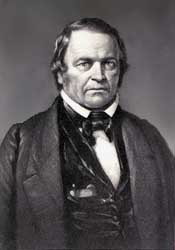
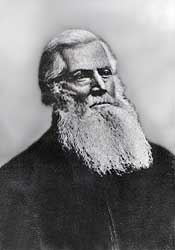 Thomas M. Preble (1810-1907)
Thomas M. Preble (1810-1907)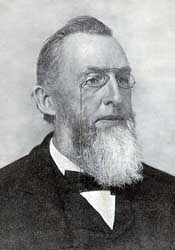
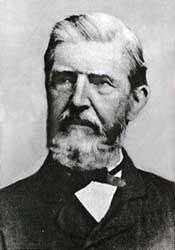 George Storrs (1796-1879)
George Storrs (1796-1879)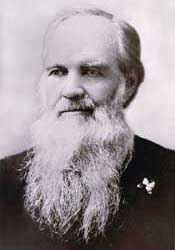
 Ellen G. White (1827-1915)
Ellen G. White (1827-1915)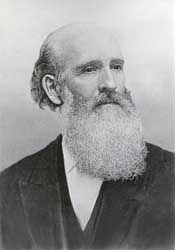
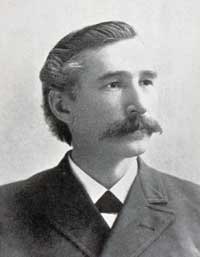
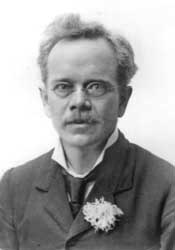 Dr. Ellet J. Waggoner (1855-1916)
Dr. Ellet J. Waggoner (1855-1916)